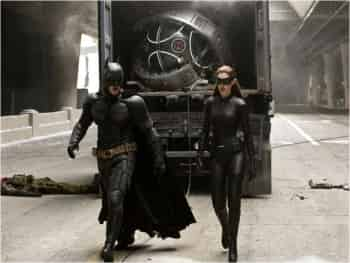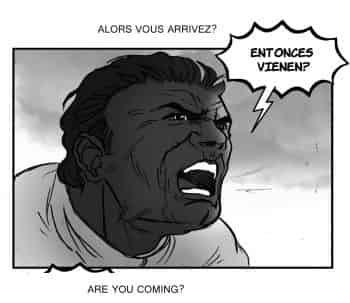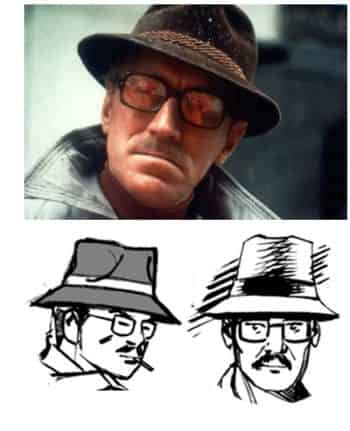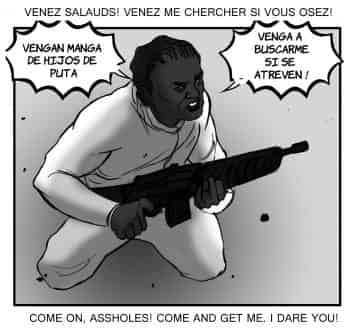Bonus
-
The art of self-promotion
In previous posts, we discussed the DIY trend. We argued that it makes it possible to avoid paying middlemen whose value added is debatable. At the same time we admitted the limits of this formula. However, it is possible to excel in all aspects of a comicbook project.
Todd Allen says that the top quality needed in DIY is self-promotion. “It depends a little on what your profile is and how good a person is at promoting themselves” (“C2E2: Digital Comics: The Next Page,” www.comicsbeat.com, April 29, 2014). This isn’t as easy as it sounds. Mark Waid, who is involved in the Thrillbent project, a webcomic publication platform, has this to say:
There are four factors to selling anything: content, distribution, publicity, and marketing. We are great at content; we are good at distribution. Because of the limited amount of time in the day, however, marketing and publicity is where we fall down. That’s no fault of the people at Thrillbent behind the scenes; that’s on me – I don’t have as much time as I’d like to pound the drum and get people to swarm to our site. (“Interview: Mark Waid on the Inner Demons of Daredevil, Attitude Adjustment for the Hulk, and the Thrill of Digital Comics,” www.comicsbeat.com, February 10, 2014).
We’re not looking for excuses, but if promotion is hard for an established artist like Mark Waid, then it’s surely a major issue for us mere mortals.
-
Can a hero fall in love?
In an analysis of the Christopher Nolan’s Dark Night trilogy, Slimybug arrives at this conclusion: “Many superhero films, including the first two films in this series, are about facing responsibility and obligations to others. The Dark Knight Rises is unique as a film in that it is about hero needing to love himself” (Slimybug, “The Themes and Meanings of THE DARK KNIGHT Trilogy,” www.comicbookmovie.com, January 14, 2014).
For Chris Sims, this may seem like a risky bet, narratively speaking: “But the thing is, as much as they don’t work from a romantic perspective, which is the nature of dramatic tension, they don’t really work from a storytelling perspective, either.” And the female lovers will almost always be supporting characters, serving the hero, but not having any real existence (Chris Sims “Ask Chris #212: The Many Loves Of Batman,” www.comicsalliance.com, September 12, 2014).
In these circumstances, the whole balancing act of writing is to give the lover a genuine existence without his or her role being reduced to that of damsel in distress or sacrificial lamb. These are traps that can be avoided in a two-hour film, but they are harder to achieve in longer-lasting series.
-
What Are They Saying? “Counteroffensive” (part II)
-
Where does that character come from? The example of Jacobs
-
What Are They Saying? “Counteroffensive”







